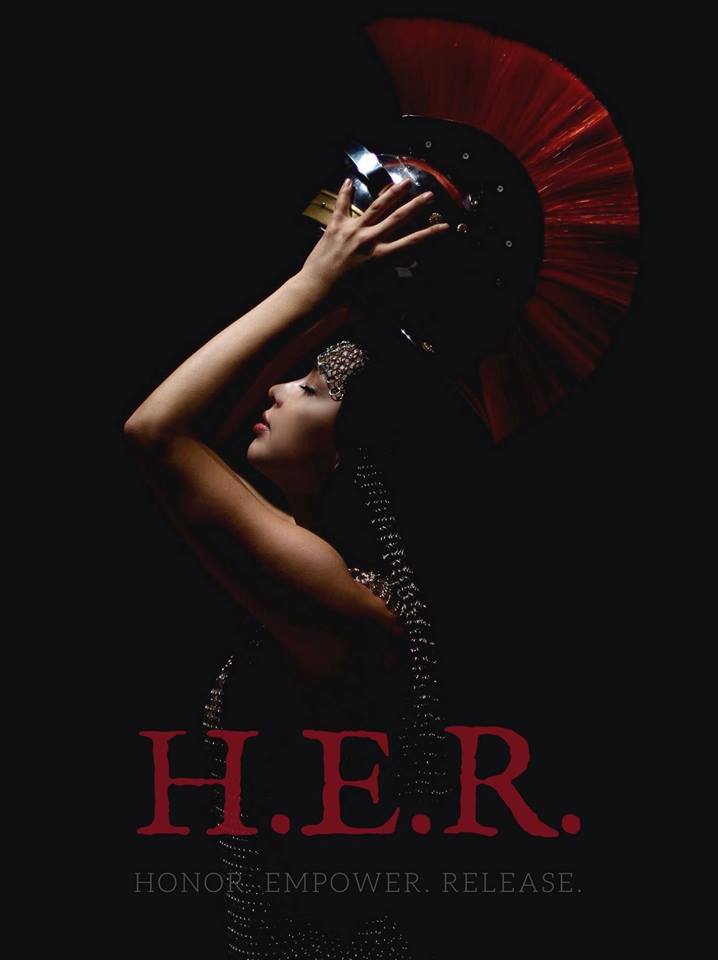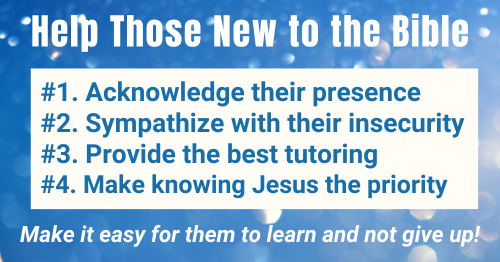
What Does It Mean That Woman is “Helper” (Ezer)?
Some years ago, I was interviewing an elderly Old Testament scholar about the Book of Genesis. A brilliant man with decades of experience in mostly Baptist churches and seminary contexts, he knew Hebrew and Akkadian and Aramaic. And he had a solid grasp of ancient Near Eastern culture. When I asked him to comment on how Genesis delineates male/female difference, he looked surprised. “Difference? In Genesis?” The idea struck him as preposterous. Then he insisted, “The first two chapters of Genesis place an emphasis on how much the man and woman are alike.” He went on to stress that the humans share the same name, “’adam.” And when the female is created after the male has named a bunch of animals, the male exclaims that “Finally! he has found a creature that’s like him” (Gen. 2:23), from his bones, his flesh. That’s not to say male and female are interchangeable, he insisted. Of course not. But the force of the early chapters of Genesis is on our first parents’ similarity—unlike humanity as compared with, say, giraffes with hairy flesh and birds with feathery flesh and fishes with scaly flesh. Finally!—the man is thrilled that this complementary creature has fleshy flesh.
I pressed further, thinking perhaps this scholar stood at odds with “complementarian” teaching. But he had never heard of that term. Nor had he heard of “egalitarian” as a label for one’s view of male/female. Nor did he seem to be aware of the battles raging about gender differences based in Genesis. These topics he relegated to the social sciences. As far as Genesis was concerned, to his mind, the focus was unity.
Now, let’s retrace our steps a bit to look at the text: God makes the ’adam—not the male but the ‘adam, “them”:
So God created ‘adam in his own image,
in the image of God he created them;
male and female he created them (Gen 1:27–28).
At this point, ‘adam is “them.” “They” are called “’adam.” And God made this ‘adam from the ground or dirt. And this human God made was alone. Can you imagine the loneliness of being the only human on earth? (The best imagining I’ve seen of the creature’s mourning his uniqueness is Frankenstein.) The ’adam felt such aloneness profoundly, especially after seeing that every other creature got to have a partner.
Up to this point in the days of creation, God has called all things “good.” But suddenly, he declares that the sole human’s aloneness is not good (2:18).
So, the Creator gives the ’adam an anesthetic. And he crafts a woman straight from the man’s flesh to be a skilled companion, a partner. And God describes this new companion as ezer, (which rhymes with “gazer” and for centuries has been a popular name for Jewish boys). Translators often render the word ezer into English as “helper.”
Now, sadly, many read that word and think of Hamburger Helper, “Mommy’s little helper,” and plumber’s helper. So, they think “helper” in Genesis means something secondary, an assistant. After all, if a president of a corporation needs help, he or she hires a subordinate. Most of us, in fact, think of a hierarchy when we hear the word “helper”—an organization chart in which the main character is at the top and everyone else plays a supporting role to the boss and his or her mission, vision, and calling.
But that is not how this word works in Genesis. Not at all. Consider the type of help we see in the following examples:
- A child asks her mom for help with math. The mother, a math teacher, understands algebra and can explain and guide her child through working the formulas.
- One friend helps another by showing her how to use new software so she can develop the skills needed to land a better job.
- A surgeon with a complicated case calls in a colleague to help in areas where he or she has specialized expertise the surgeon lacks.
In each of these uses of the word help, the one helping does so from a position of expertise and strength. And that is how we should understand the use of ezer as it describes woman in Genesis. This word appears in the Old Testament a total of twenty-one times. Twice it refers to the first woman. Three times it describes nations to whom Israel appeals for military help. And most significantly, sixteen times it refers to God himself as the “helper” of his people.
I read a book once on the spiritual life in which the author said we should never ask God for help, as doing so suggests we are the main event and he is the helper. Clearly the author had missed a few passages where godly people pleaded with God for his help. The psalmist, for example, writes, “Strangers are attacking me. . . . Surely God is my help; the LORD is the one who sustains me” (Ps. 52:3–4, emphasis added). When we pray, “God, help me!” surely we don’t have an unskilled assistant or subordinate in mind.
Or how about this one? The author of Deuteronomy writes, ‘There is none like God, O Jeshurun, who rides through the heavens to your help [ezer], through the skies in his majesty” (33:26); and “Happy are you, O Israel! Who is like you, a people seen by the LORD, the shield of your help [ezer], and the sword of your triumph! Your enemies shall come fawning to you, and you shall tread upon their backs” (33:29). These are cries for God’s strength and power for Israel in times of great distress.
The author of Genesis is using a word that carries a strongly positive meaning and which suggests skill and strength. And interestingly, those who translated the Hebrew Bible into Greek for the first time (LXX) chose to render ezer into Greek with a term often used to describe the help of a surgeon who calls in a skilled colleague to lend specialized expertise in a tough case—as in the third example above.
The word ezer in the Old Testament is closely connected with military language. God is the helper of the nation of Israel—their sword, and shield, and deliverer. He is his people’s ever-present rescuer from trouble. He is better than armies, chariots, and horses. He keeps watch like a guard over his people, and with his strong arm he overthrows their enemies. That’s the kind of help Genesis describes as coming from their ezer. And the ezer who is “woman” is made in His image—as is the “man.”
So, based on the consistent use of this term elsewhere in the Old Testament, it only makes sense to conclude that God created the woman to be a strong ally and fellow warrior with the man. Fighting battles is not just for males; females are called to put on our armor (see Ephesians 6). The description of Lady Wisdom personified as a woman in Proverbs 31 is full of battle words such as “valor,” “strength,” and “prey.” So, woman is man’s coregent, and coheir, his skilled colleague and fellow warrior, and a force to be reckoned with against their mutual enemy on the battlefield of life.
Woman is called ezer. And if married, this ezer is in a unique position to meet her husband’s insufficiencies with her own strengths. Perhaps this is why opposites tend to attract. Together they reflect the image of God as strengths and weaknesses complement each other. Think of the money-whiz wife helping her impulsive husband; or the spontaneous wife helping her highly regimented man; or the reserved husband married to a woman who loves adventure. Or vice versa in each of these cases.
Woman’s presence in creation is the only addition needed before God can pronounce his creation not only “good,” but “very good.” She solves the man’s problem—not that he needed an assistant because the Garden left him overworked. But that he was alone and now has an indispensable companion in their mutual task to rule and fill the earth.
Someone said recently, “My role as helper is to help my husband in his calling.” And I would agree. And equally true is the reality that he is to help his wife in her calling. Think of Ephesians 5…the husband is to present his wife “without blemish,” and “spotless…before the throne” (v. 27). That is, he contributes to her spiritual thriving. It is not his job to be her instructor in all things spiritual; it is his job to help create an environment where she can use her gifts, bless others, and embody wisdom…stretching her hand to the needy (Prov 31:20), buying and selling (v. 16), and teaching the “torah of hesed” (v. 26).
My husband encouraged me to go to seminary and go on to get my PhD so I could be better equipped in my own faith as well as to serve God’s people. He has cheered me on, sacrificed financially, co-partnered in childcare, laundry and grocery shopping—done whatever necessary to make it possible for me to use my gifts and thrive. And I have sought to do the same for him. Together we are better.
My friend Dani Ross notes, “Traditionally, Genesis 2:18 has been translated as, ‘I will make him a helper fit for him.’ ‘Helper fit’—or the KJV rendering, ‘help-meet’—has been understood to imply only a number of roles women are to perform … But ‘help-meet,” or ezer-kenegdo, has a much deeper meaning than a glorified secretary to a woman’s male superior. As Carolyn Custis James notes in Half the Church (p. 112), ‘Kenegdo indicates ezer is the man’s match—literally, “as in front of him”—as Yin is to Yang… [Kenegdo] suggests that what God creates for Adam will correspond to him. Thus, the new creation will be neither a superior nor an inferior, but an equal.’ Adam doesn’t shout, ‘Finally! Someone to take care of these dishes while I get the real work done!’ No, he responds with pure joy, knowing he is not alone in this great responsibility of being fruitful and multiplying, ruling and subduing.”
Whether married or single, woman is man’s indispensable ally. And we are indeed in a battle—not with each other, but against our mutual enemy. And we do so for the glory of our true King, our help, our Savior and Lord.
Portions adapted from my chapter titled “A Word to Wives” in Sexual Intimacy in Marriage, 4th ed. (Kregel). Photo credit: Moody Bible Institute





2 Comments
Pingback:
Pingback: